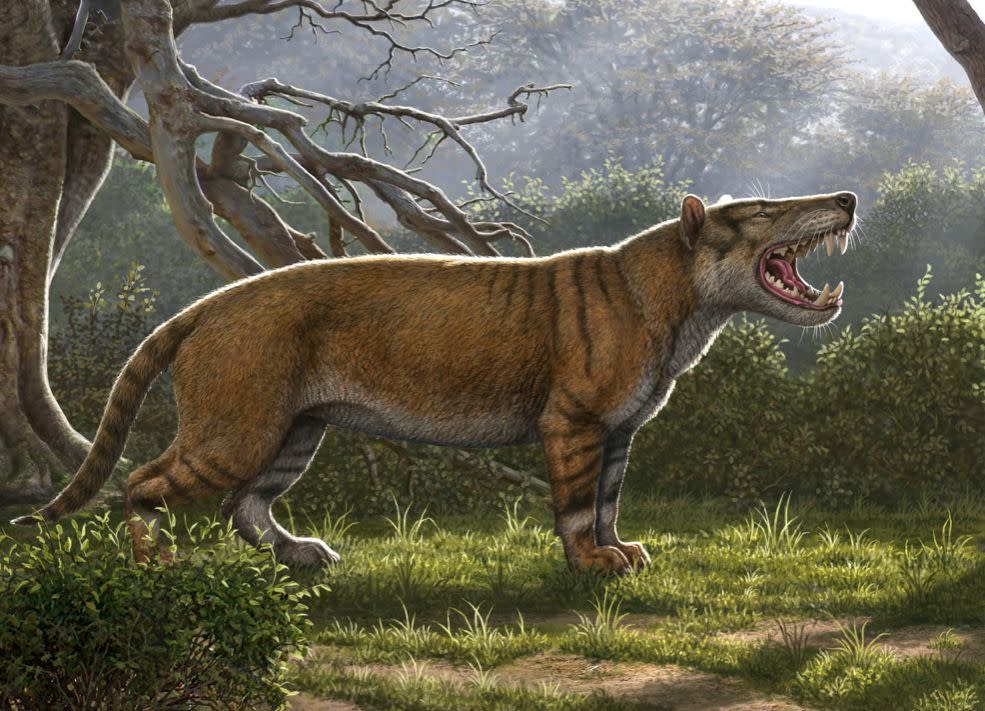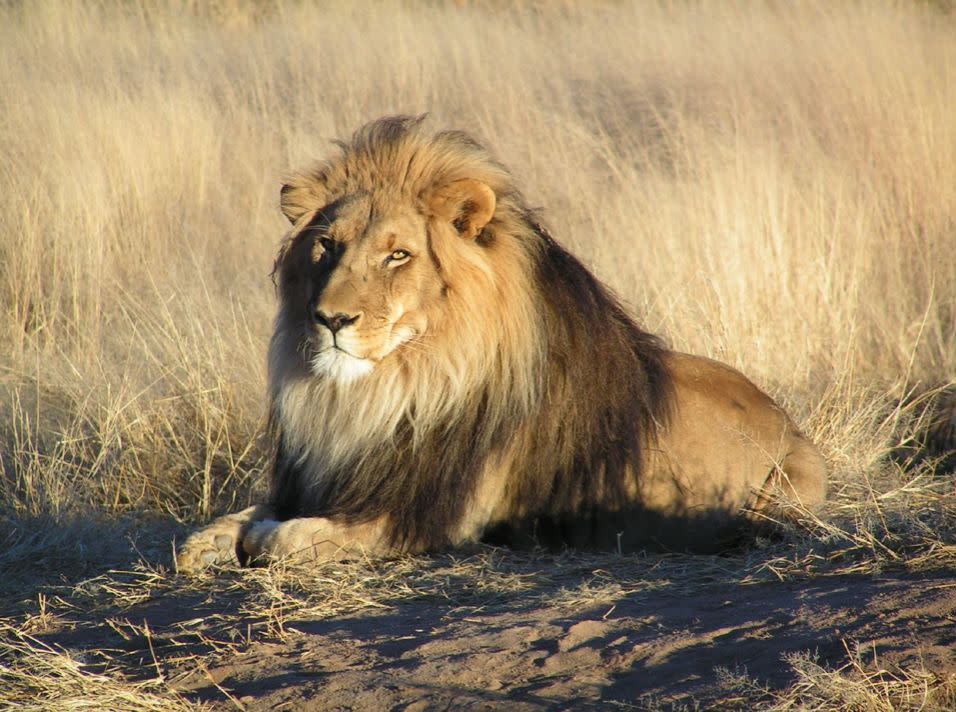Scientists discover terrifying mammal bigger than a polar bear that roamed Africa 22 million years ago

A giant meat-eating beast that was larger than a polar bear and with a skull bigger than rhinoceros that roamed the Earth millions of years ago has been discovered by scientists.
The massive mammal - larger than any big cat stalking the world today - was the top predator 23 million years ago when early apes and monkeys were struggling to survive.
The gigantic carnivore was identified from forgotten fossils of most of its jaw, portions of its skull, and parts of its skeleton kept in a museum drawer in Kenya.
It was named Simbakubwa kutokaafrika, “Big lion from Africa” in Swahili, because the animal was likely at the top of the food chain, as lions are in modern African ecosystems.
But Simbakubwa was not closely related to big cats or any other mammalian carnivore alive today.

Instead, the creature belonged to an extinct group of mammals called hyaenodonts.
These were the first mammalian carnivores in Africa and for about 45 million years after the extinction of the non-avian dinosaurs, hyaenodonts were the apex predators in Africa.
But tectonic movements of the Earth's plates connected Africa with the northern continents and allowed the relatives of cats, hyenas, and dogs to arrive in Africa from Eurasia.
Read more from Yahoo News UK:
North Korea test-fires new type of 'tactical guided weapon'
Deadly piranhas found in Doncaster lake
Firefighters tackle series of huge blazes on Bodmin Moor
As the relatives of cats and dogs were going south, the relatives of Simbakubwa were going north.
Dr Matthew Borths, a Postdoctoral Research Fellow at Ohio University when he made the discovery, and said: "It's a fascinating time in biological history.
"Lineages that had never encountered each other begin to appear together in the fossil record.

"Opening a museum drawer, we saw a row of gigantic meat-eating teeth, clearly belonging to a species new to science."
Ultimately, hyaenodonts worldwide went extinct as global ecosystems changed as grasslands replaced forests and new mammalian lineages diversified.
Dr Borths, now Curator of Fossil Primates at the Duke Lemur Centre at Duke University, added: "We don't know exactly what drove hyaenodonts to extinction, but ecosystems were changing quickly as the global climate became drier.
"The gigantic relatives of Simbakubwa were among the last hyaenodonts on the planet."
Co-author Professor Dr Nancy Stevens in the Heritage College of Osteopathic Medicine at Ohio University said: "This is a pivotal fossil, demonstrating the significance of museum collections for understanding evolutionary history.
"Simbakubwa is a window into a bygone era.”
The study was published in the Journal of Vertebrate Paleontology.

 Yahoo News
Yahoo News 

